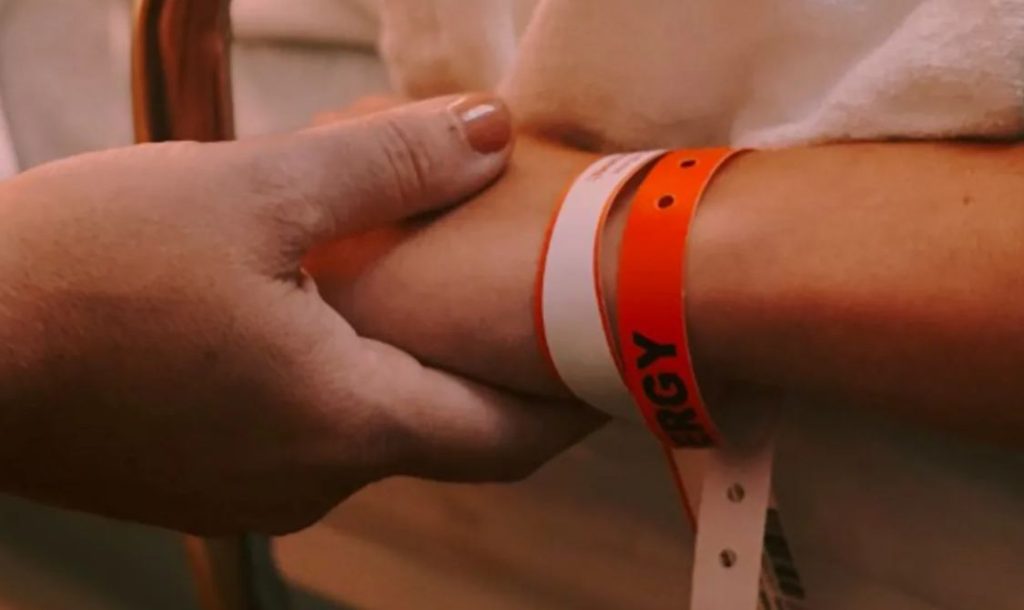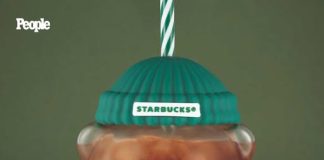What began as a seemingly harmless experiment with a popular squishy stress toy quickly morphed into a life-changing accident for a young child. The trend involved manipulating the toy freezing it overnight to make it firmer, then microwaving it in an attempt to soften or change its texture. What followed was an explosion of molten material that left devastating consequences in its wake.
The Incident and Immediate Aftermath
The seven-year-old girl, while playing with the toy after following steps seen online, put the item in the window of the microwave. As she retrieved it, the toy burst open in her hands. She was sprayed across her face and chest with the hot gel-like contents of the toy, which adhered to her skin and clothing. Her father heard a horrifying scream, rushed in, and attempted to tear the toy off her before rushing her to hospital. Doctors were forced to induce a coma due to the severity of the burns and the risk of airway swelling. She now lives with deep scarring and faces a long recovery.

What Made the Toy So Hazardous
The toy in question is filled with a polymer or maltose-based gel that under extreme conditions—such as freezing and then microwaving—can become unstable. When heated in this way, gases or pressure build-up inside the toy cause it to rupture violently. In this case, the explosion showered the young girl with hot goo akin to molten glue. Experts describe the resulting burns as chemical and thermal in nature, because the gel can burn at high temperature and then cling to skin, complicating removal. Such misuse was apparently encouraged via viral social-media content, where children and teens attempted the stunt for novelty.
Trend Culture and Social Media Influence
This incident is emblematic of a broader phenomenon: when toys meet viral challenges, the rules of safe play change. A benign toy becomes part of a dare-culture where instructions spread fast and children may experiment with unintended risks. Freezing, microwaving, or manipulating toys in ways they were never designed for increases danger dramatically. The incident highlights how a popular toy can be misused through trending content, leading to real-world injuries.
Warnings, Manufacturer Response and Role of Surveillance
In the wake of this accident, warnings have been issued by toy companies and safety agencies. The manufacturer of the toy states that heating, freezing or microwaving the item is dangerous and may cause serious injury. They report adding more explicit warnings on packaging and working with social platforms to remove videos of the misuse. Parents and caregivers are strongly urged to discard altered toys and supervise children’s interaction with seemingly benign playthings. The regulatory context also raises questions about how toys with internal gels respond to extreme temperature changes and why such risks were underestimated.
Lessons for Families and Guardians
The key take-aways for families are clear:
- Always use toys for their intended purpose and heed warnings on packaging.
- Be aware of viral trends that may encourage dangerous behaviours.
- Supervise children when toys are used at home, especially when online challenges are involved.
- Check toys for internal materials (gels, glues, polymers) that may pose risk under misuse.
- Educate children about the difference between standard play and viral experiment-style stunts.

Looking Ahead: Recovery and Long-Term Impact
For the child and her family, the journey is just beginning. Beyond physical healing, the emotional trauma is profound. Scars, ongoing treatment with creams and ointments, and the possibility of future skin grafts all loom ahead. The psychological impact of such an event—fear, shame, changed self-image—must be addressed alongside the medical recovery. Meanwhile, the toy industry and digital platforms face renewed scrutiny over how shared content can drive harmful behaviours.
Final Thoughts
A simple squishy toy, once a stress-reliever for children, became the catalyst for a devastating event. When online trends intersect with everyday objects, risk can multiply. This case underlines that no toy is risk-free when misused, and that vigilance, education and supervision are essential. For parents and guardians everywhere, the message is urgent: what looks like playful experimentation can turn into something far more serious—and no trend is worth the price of a child’s safety.

















